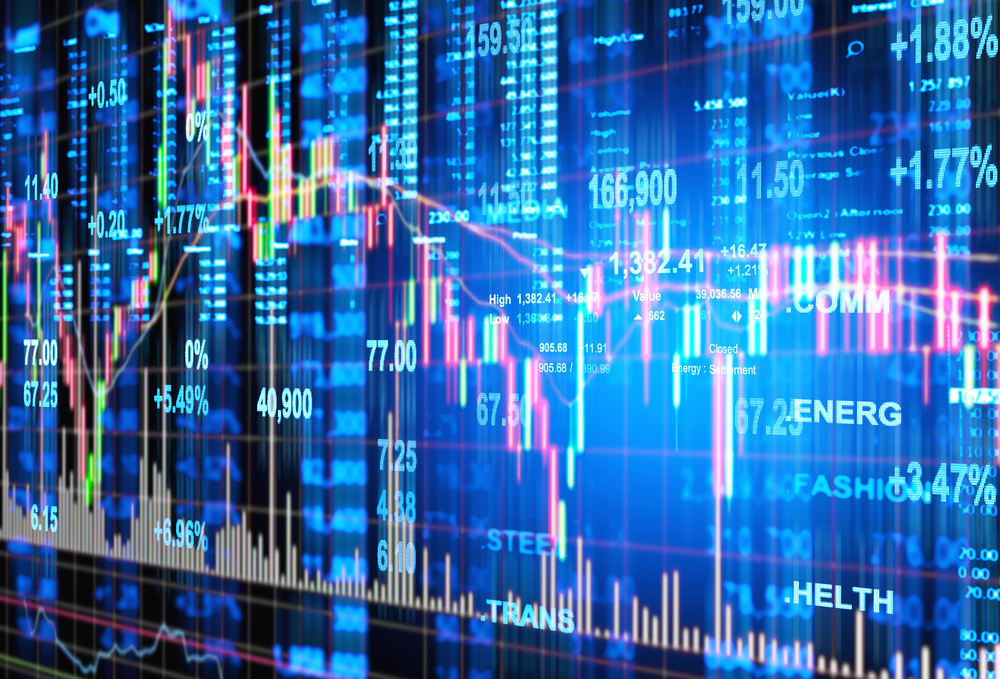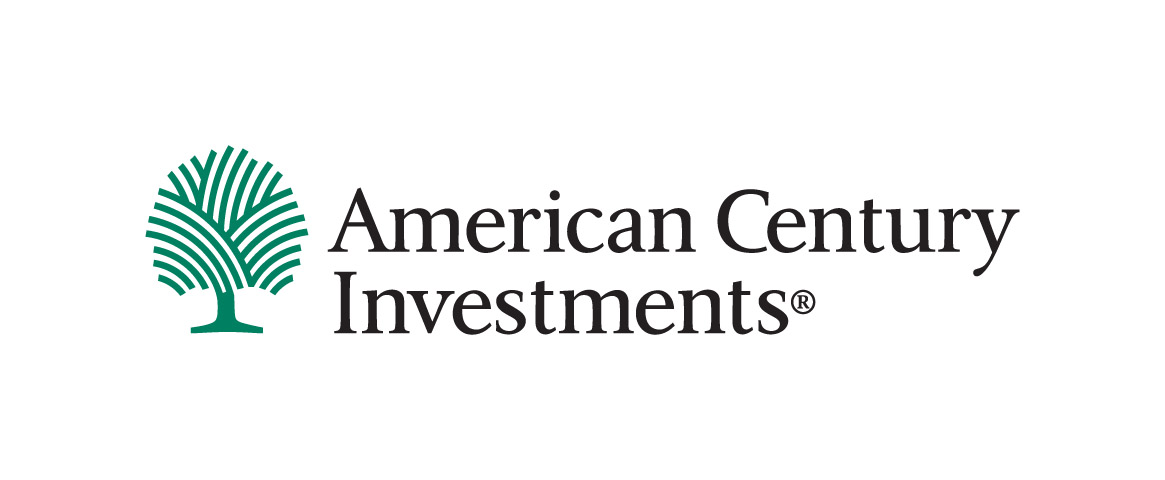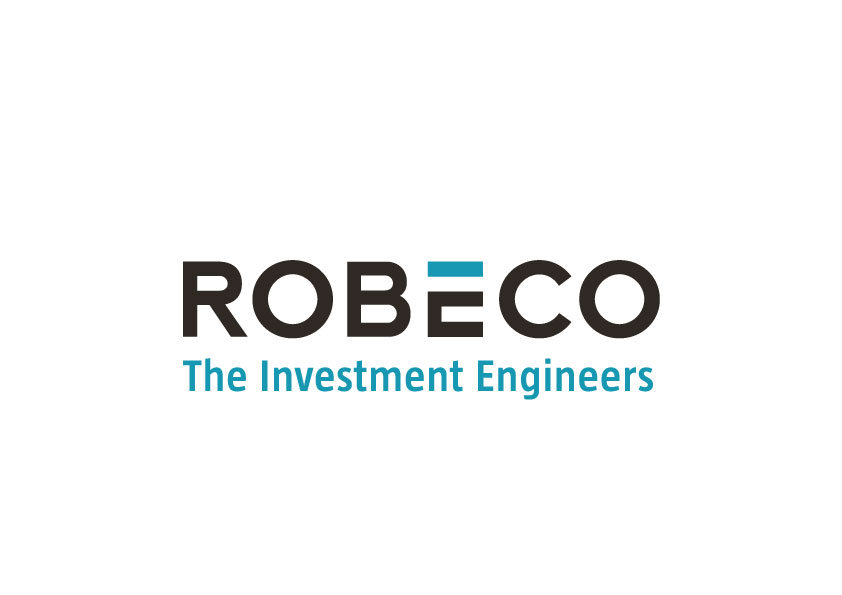Active ETFs domiciled in Europe are likely to hit $1trn in assets under management (AUM) by 2030, according to Nick Cherney, head of innovation at Janus Henderson.
This will be driven by the expectation, particularly within younger demographics, of the “transparency and timeliness of trading that ETFs provide,” Cherney said.
While over half of the ETFs launched in October were active, as a share of AUM they remain small – just 2.3% of European ETF assets, according to data from ETFBook.
Chart 1: Active share of European ETP AUM, 2015 to present

Source: ETFBook
That said, active ETFs represent an ever-growing slice of the pie, accounting for 7.7% of inflows into European ETFs over Q3, according to data from Morningstar.
Within the category, equity ETFs commanded the majority of the inflows, followed by fixed income and money markets.
Chart 2: Active ETF inflows by category, Q1 2020 to present

Source: Morningstar Direct
American Century, Robeco, JP Morgan, Fidelity and Janus Henderson itself were among those looking to capitalise on the growing demand, introducing 16 active ETFs between them in October.
Following its acquisition of ETF issuer Tabula, Janus Henderson has been one of the most high-profile entrants into the active ETF market.
The firm recently unveiled two high conviction active ETFs – one capturing Japan equities, the other European stocks – and has filed to launch a CLO ETF with the Luxembourg regulator.
Cherney stated that the firm’s bold $1trn by 2030 call was “reinforced by feedback from clients on the ground.”
As such, the industry will be monitoring the asset-gathering of their new ETFs very closely.







